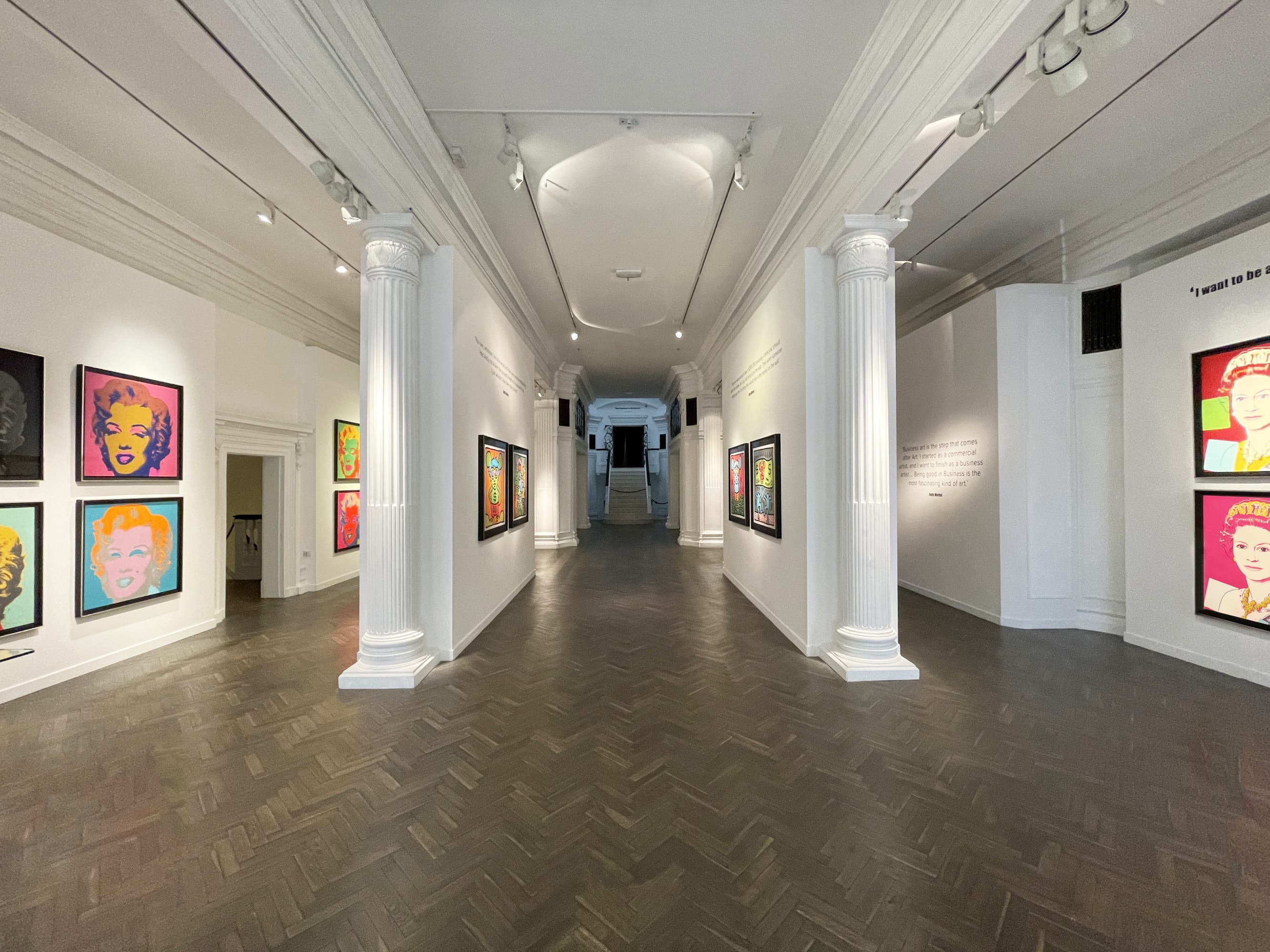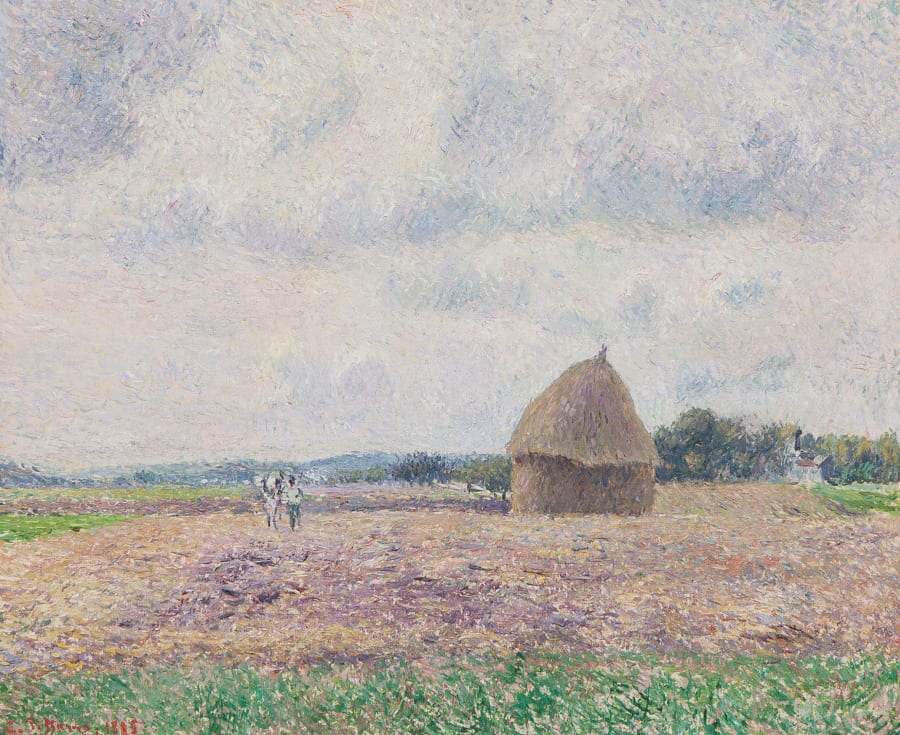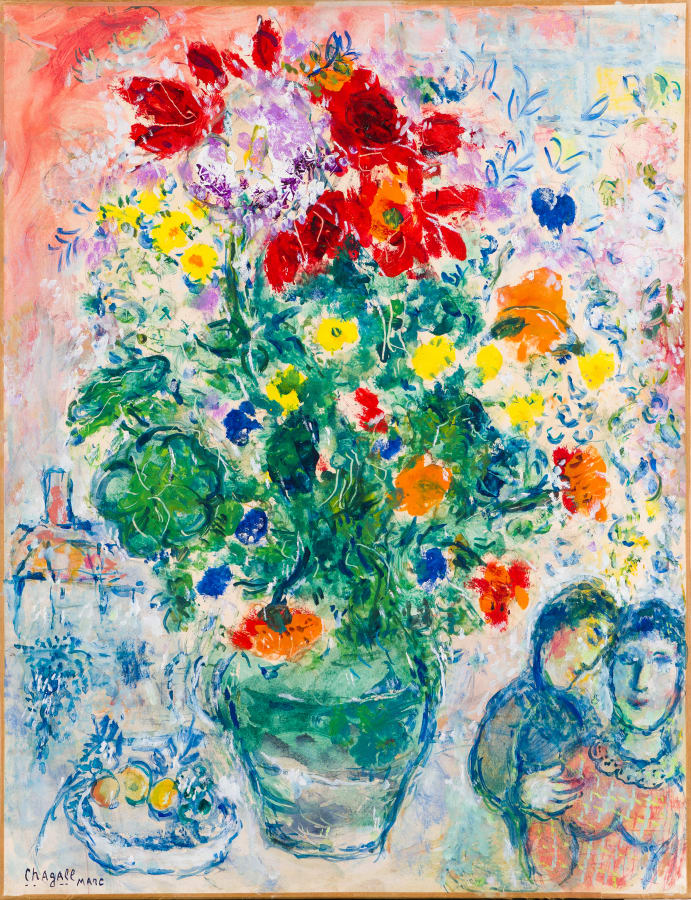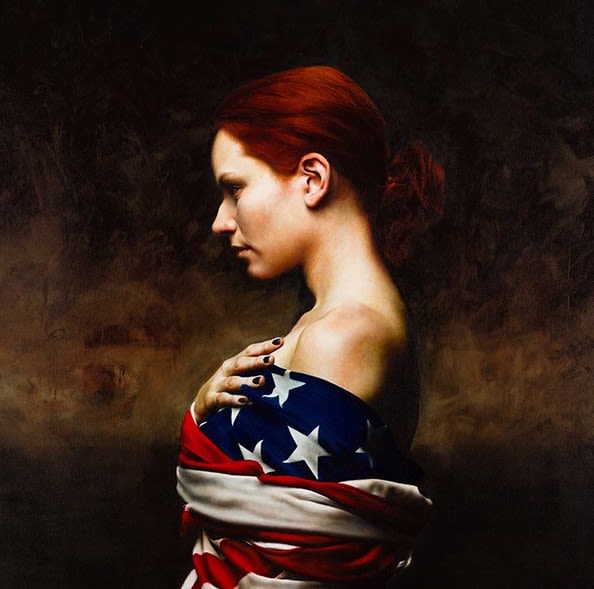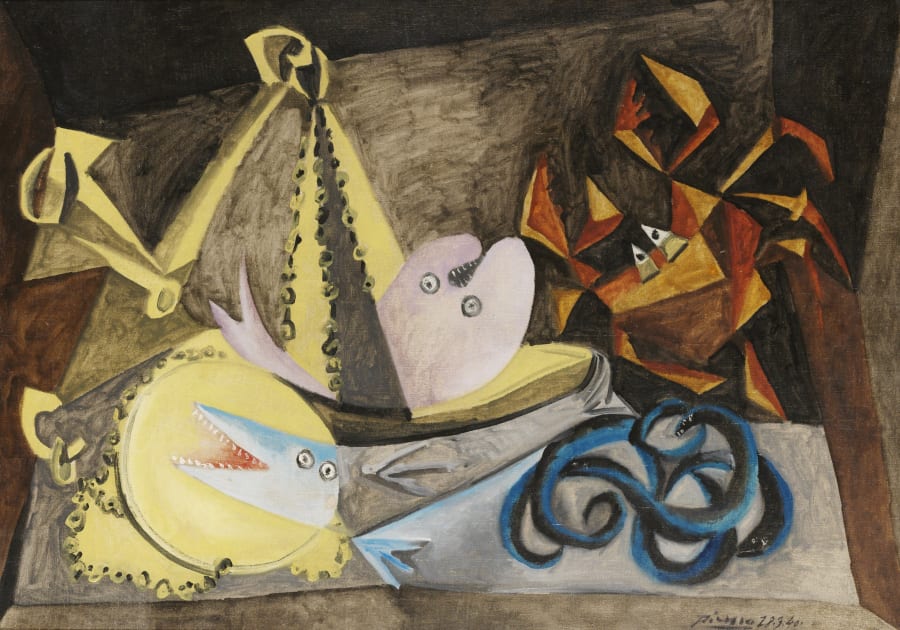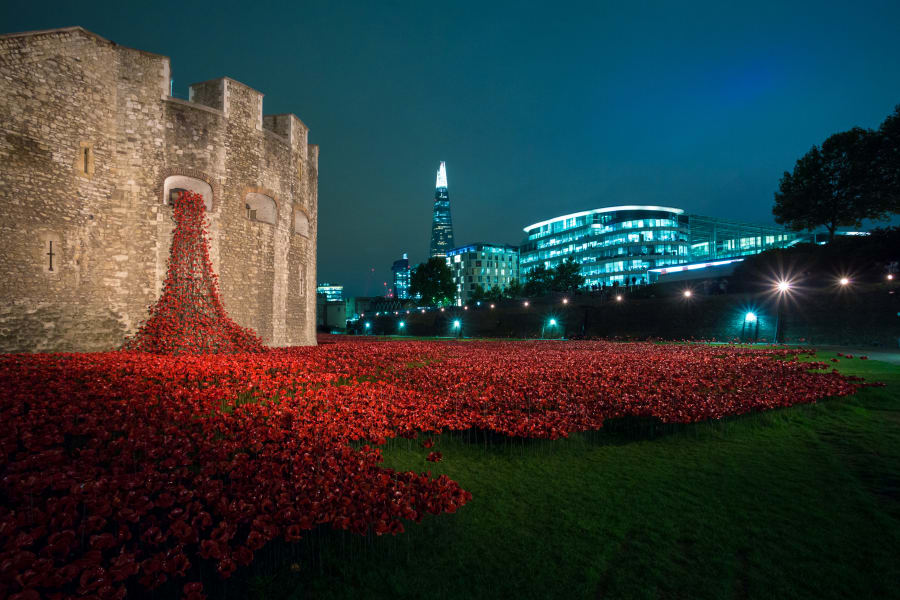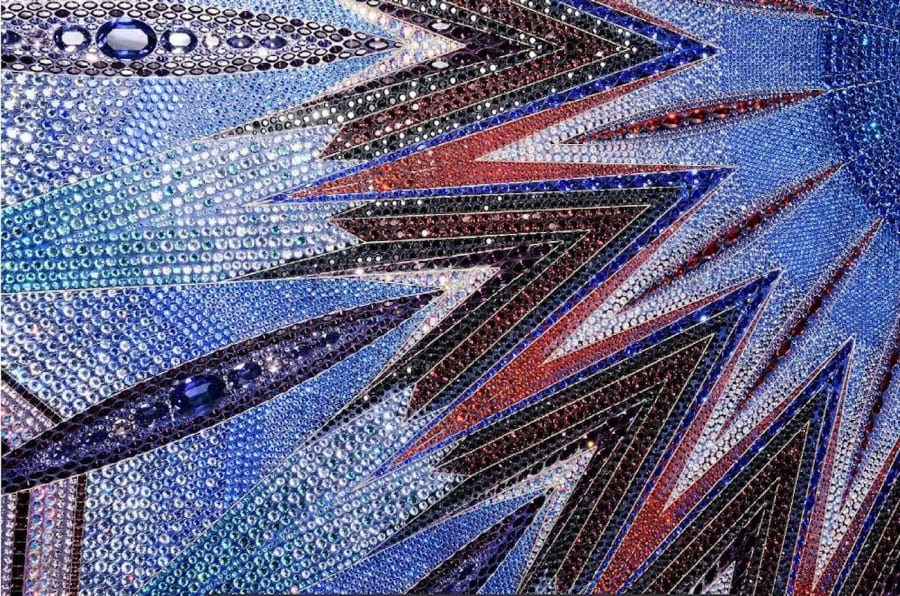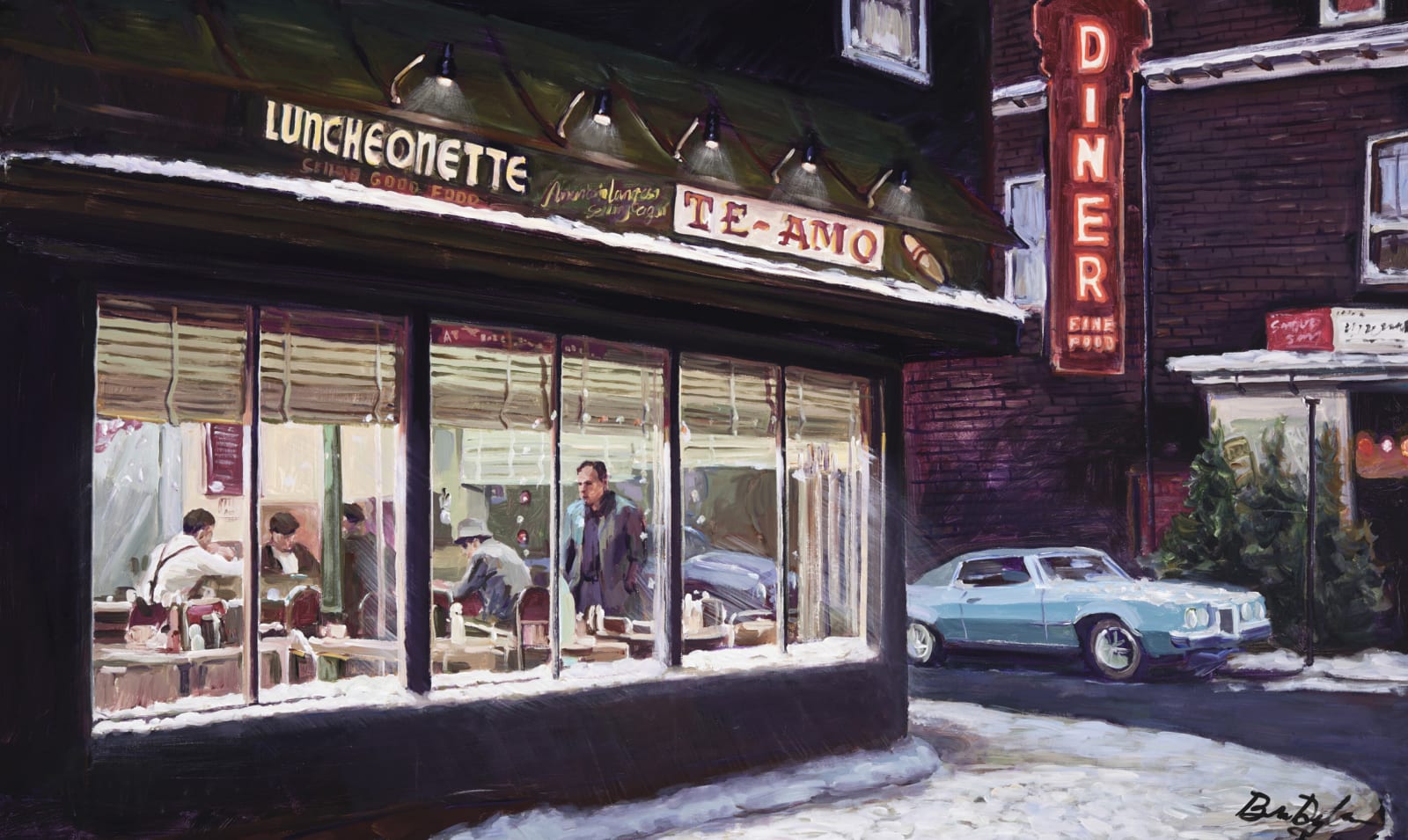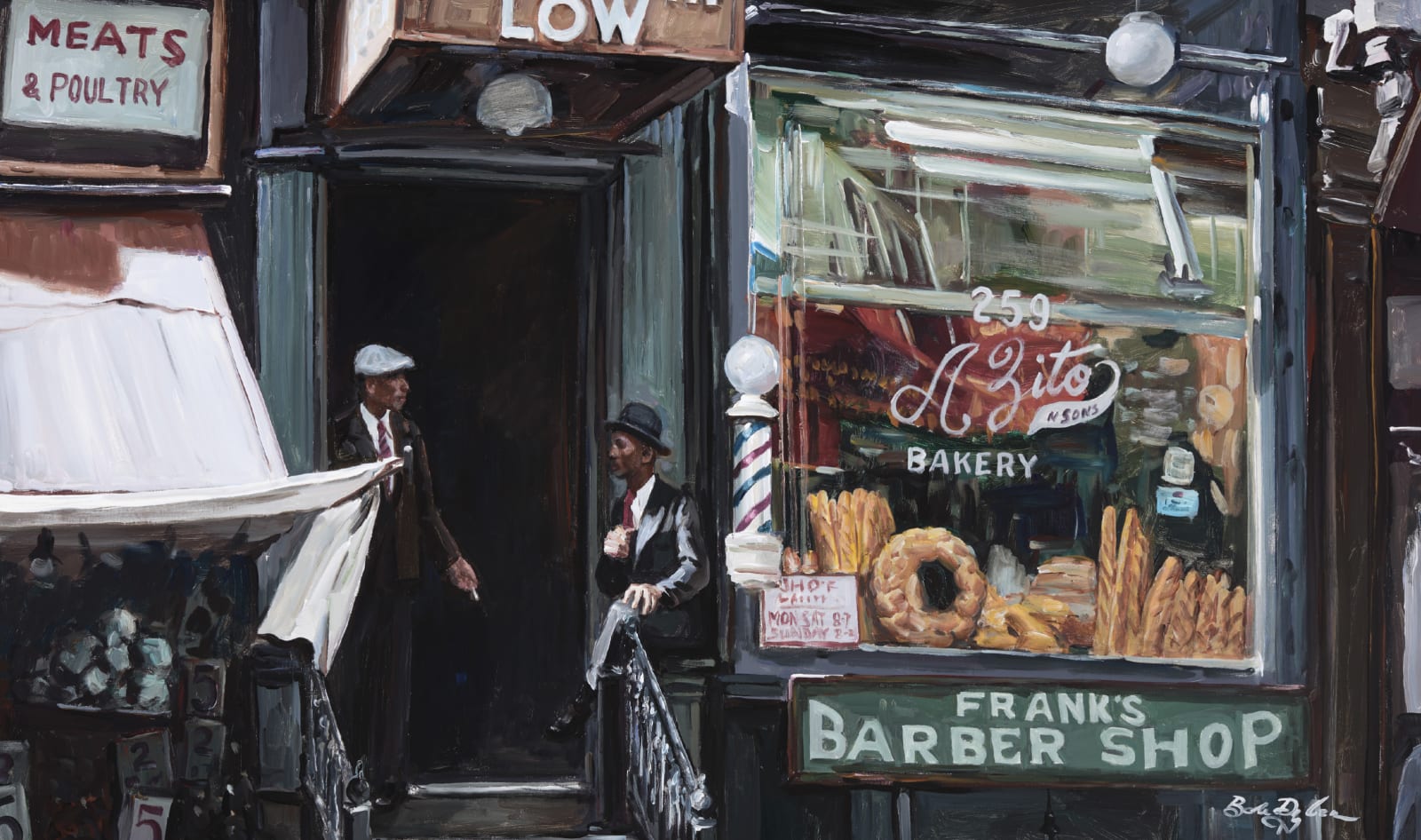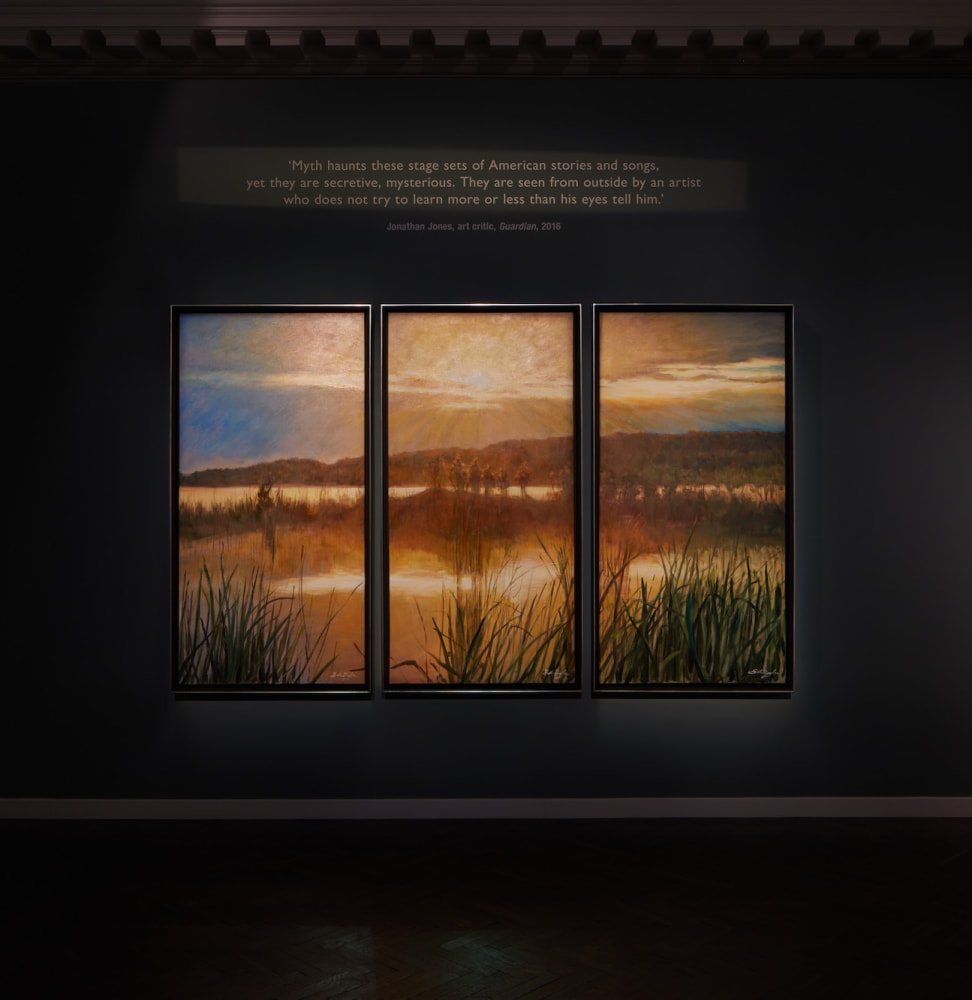
ANDY WARHOL UNSEEN
Warhol blurred the boundaries between commerce, advertising and art without apology, his 'factory' working process and appropriation of American consumer culture redirecting the course of contemporary art forever.
Central to Warhol's artistic revolution were the screenprint portfolios, which gave opportunity for countless more collectors to acquire - and display - his art, quickly fulfilling his mantra that 'repetition adds to reputation'. Recognising how the reproduced image had come to reflect and shape contemporary life, Warhol identified the coming of an age where fine art and consumer culture would be inextricably linked.
Warhol's outlook is strikingly contemporary. As social media platforms continue to propagate the artist 'brand', Warhol's own manner of self-promotion, his use of 'snapshot' photography and his portrayal of transient celebrity is intriguingly prophetic, while the ten, electrifying, portraits of Endangered Species chime poignantly with the most pressing global conversations of today.











Endangered Species
Endangered Species from 1983 reflects Warhol’s personal interest in ecological issues; the artist donated significant amounts to conservation and wildlife parks, and many of the screenprints from Endangered Species were donated to benefit environmental organisations. Playfully nicknaming the series ‘animals in makeup’, Warhol based the artworks on images taken by wildlife photographers, silkscreening them with electrifying colours in the same way he approached his most iconic Pop portraits.
Endangered Species was first presented in the halls of the American Museum of Natural History in New York, reinforcing the peril of these ten animals alongside the bones and fossils of long extinct species. As the art critic Gregory Volk writes of the portfolio, ‘you see a San Francisco Silverspot butterfly in rainbow colours and white outlines, as if it had somehow absorbed the acid trips and tie-dyed clothing of counterculture San Francisco in the 1960s and 1970s; and a Giant Panda with a red body suggestive of China and Mao. The fact that these alluringly coloured animals are really in peril and facing not only death but extinction only adds to their appeal.’ Ever prescient, Warhol engages with environmental issues that remain central to the global climate conversation today.



Ads
In Warhol's Ads series of 1985, the viewer is invited to 'extract' the advertisement from the imagery presented and, instead, treat it as a work of art. Here, Warhol revisits his work in commercial illustration from the early 1950s, appropriating iconic brands, logos and images as the foundation for the series. Warhol presented each image as a noticeable appropriation from a broad spectrum of contemporary culture, rendered in a vibrant palette that encapsulates the artist's Pop vision of twentieth-century modernity.
Warhol's selection of images for the Ads series embodied some of the most powerful corporations in America at the time, such as Mobilgas, Paramount Pictures, Disney, and Apple Macintosh. While others, such as Volkswagen, Chanel, and Blackglama represent some of the most ingenious marketing campaigns in advertising history.

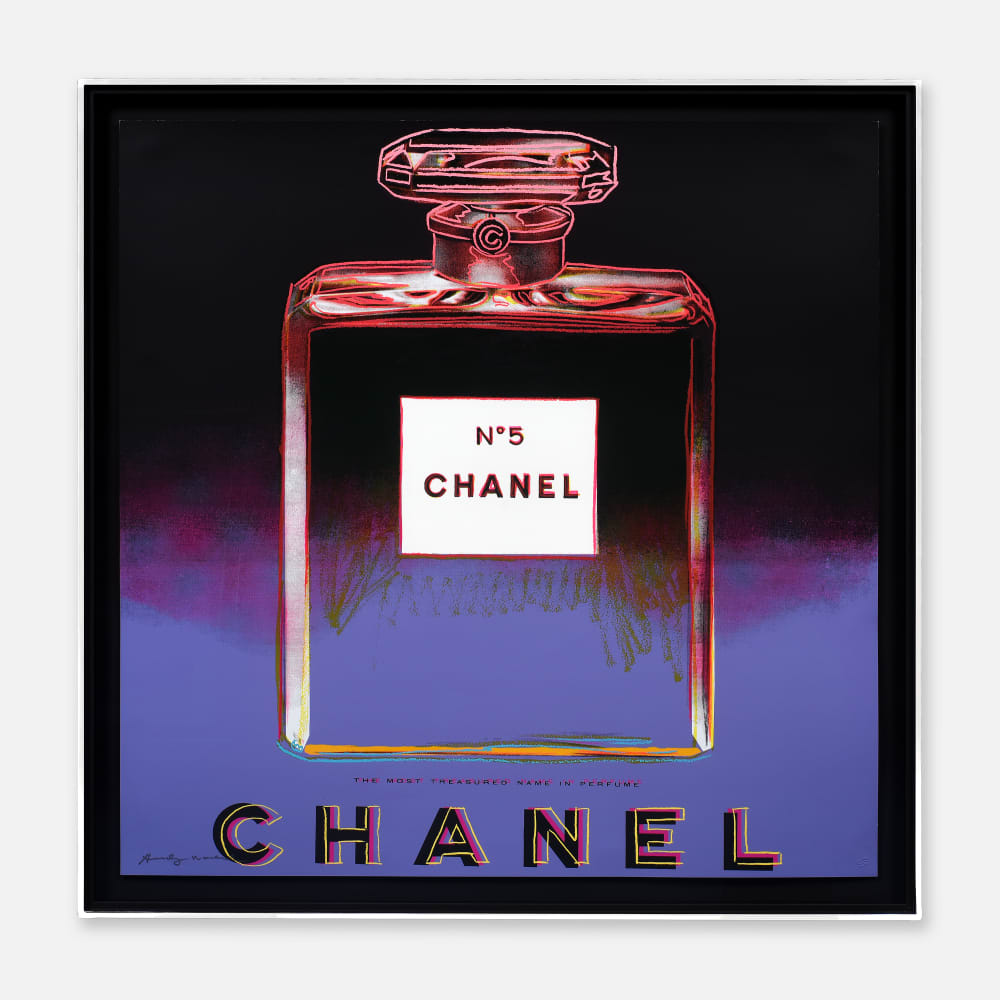

Mick Jagger
Warhol's Mick Jagger screenprints capture the sultry exuberance of the Rolling Stones frontman at the height of his fame in the decadent and glamorous era of 1970s New York. Warhol first met Jagger in the early 1960s, when the Rolling Stones debuted in the United States, and the two remained in touch until the artist's death.
Warhol's sleeve design for the band's Sticky Fingers album was described by Jagger as 'the most original, sexy and amusing package that I have ever been involved with'. The present portraits are based on a series of Polaroid photographs taken by Warhol at his house in Montauk, Long Island, where the Stones were rehearsing before they embarked on their huge 1975 tour of the United States. This was the first time that Warhol incorporated isolated fields of colour and torn graphic art paper into his maquettes, which created collage-like effects in the final screenprints.



Marilyn Monroe
Warhol's Marilyn Monroe (Marilyn) screenprints converge key themes of the artist's 1960s Pop - death, beauty, fame and the mass media - in a work that would arguably come to define his career. Though deriving from the same image, a promotional photograph for the 1953 film Niagara, the ten works in the Marilyn portfolio are distinct from one another in both colour and composition. Each image was printed from five screens: one that carried the photographic image and four for the different areas of colour. Warhol developed the technique of printing each layer slightly off-register in order to align his work with the common printing processes of commercial media.



Mao
Warhol was fascinated by the proliferation of Chairman Mao’s official image as propaganda across China and executed his portraits of the leader when tensions between the United States of America and the People’s Republic of China were subsiding. The 1972 Mao series came about following a proposal from the art dealer Bruno Bischofberger, who suggested that Warhol do a series of portraits depicting an important figure of the twentieth century. According to the writer and close friend of Warhol, Bob Colacello, Bischofberger initially nominated physicist Albert Einstein as the subject. ‘Oh’, responded Warhol, ‘That’s a good idea. But I was just reading in LIFE magazine that the most famous person in the world today is Chairman Mao.’ In fact, Mao Tse-tung was the only political figure Warhol ever painted of his own volition.



Cowboys and Indians
In 1986, Warhol combined portraits and objects in a portfolio for the first time, resulting in the series Cowboys and Indians. Here, Warhol celebrates the American West, paying homage to its legendary figures such as Geronimo, General Custer and Annie Oakley. By portraying archetypes of the Wild West alongside famous Native American leaders and cultural artefacts, Warhol strategically brought together disparate icons in one seminal series, challenging America's perception of the dichotomy between the two sides - 'Cowboys' and 'Indians' - in the modern era. The images that comprise Cowboys and Indians derive from archival and publicity images, postcards, and photographs of the Native American artefacts that the artist collected over the years.



Myths
Created in 1981, the idea for Warhol’s Myths series was prompted by a Howdy Doody doll he found at a rural flea market. At the time, Warhol was accompanied by his art dealer and publisher, Ronald Feldman, who suggested that the artist ‘assemble a pantheon of mythological Americana’. Warhol invited actors to his studio, which was staged like a film set, and photographed them using his Big Shot Polaroid camera. These images became the basis of character portraits such as Santa Claus, Uncle Sam and The Witch, which feature alongside appropriated imagery of Mickey Mouse and Superman. Warhol himself appears in the portfolio in the guise of The Shadow, a mysterious narrator to 1930s pulp detective novels who evolved to become the focus of numerous comics, radio plays and films.



Space Fruit
Andy Warhol's Space Fruit: Still Lifes is based on the traditional still life genre yet, stylistically, the subjects are treated in a distinctly modern, non-representational manner. The work contrasts compositionally with historical still lifes, whichare choreographed studies focusing on shape, colour and space, whereas Warhol's images are effective in their visual simplicity, with a strong emphasis on broad swathes of uninterrupted colour. Warhol's studio assistant, Ronnie Cutrone, recalled at the time, 'We were both iconoclasts by nature and were always interested in utilising the great symbols used in the history of painting, while at the same time reducing and demystifying them into popular or "Pop" images that would make the viewer question the meaning of the work. He would transform the sublime into the mundane and the mundane into the sublime.'


Truck
Warhol’s Truck series of 1985 was created as a commission from the Bundesverband des Deutschen Güternverkehrs [The Federal Association of German Public Transport], to commemorate the Twentieth World Congress of the International Road Transportation Union. Warhol saturated the image of the truck, in fact a composite of different types of German commercial vehicles, in a kaleidoscope of colours and reinforced the image through repetition; in the artist’s words, ‘repetition adds to reputation’. As the art historian Paul Maréchal has written, ‘more than any visual artist of his time, Warhol viewed commissioned works as a challenge to his creative talent … [He] truly elevated commercial art to the status of fine art, blurring established frontiers between art, commerce and advertising, three worlds which hardly communicated prior to Warhol. The last decade of Warhol’s career is particularly rich in examples of works created from commissions: Perrier mineral water, Mercedes Benz, Absolut vodka, Charles Jourdan shoes, record covers for John Lennon and Aretha Franklin and celebrity portraits for magazine covers.’



Queen Elizabeth
Warhol's timeless and boldly coloured portrait of Queen Elizabeth II is based on an official photograph marking her Silver Jubilee in 1977. The image is from Reigning Queens, a portfolio of sixteen screenprints depicting the only four reigning queens in the world at the time of the series' production. Her Majesty is depicted alongside Queen Beatrix of the Netherlands, Queen Margrethe of Denmark and Queen Ntombi Twala of Swaziland. Each queen appears in four different colour and compositional iterations.


